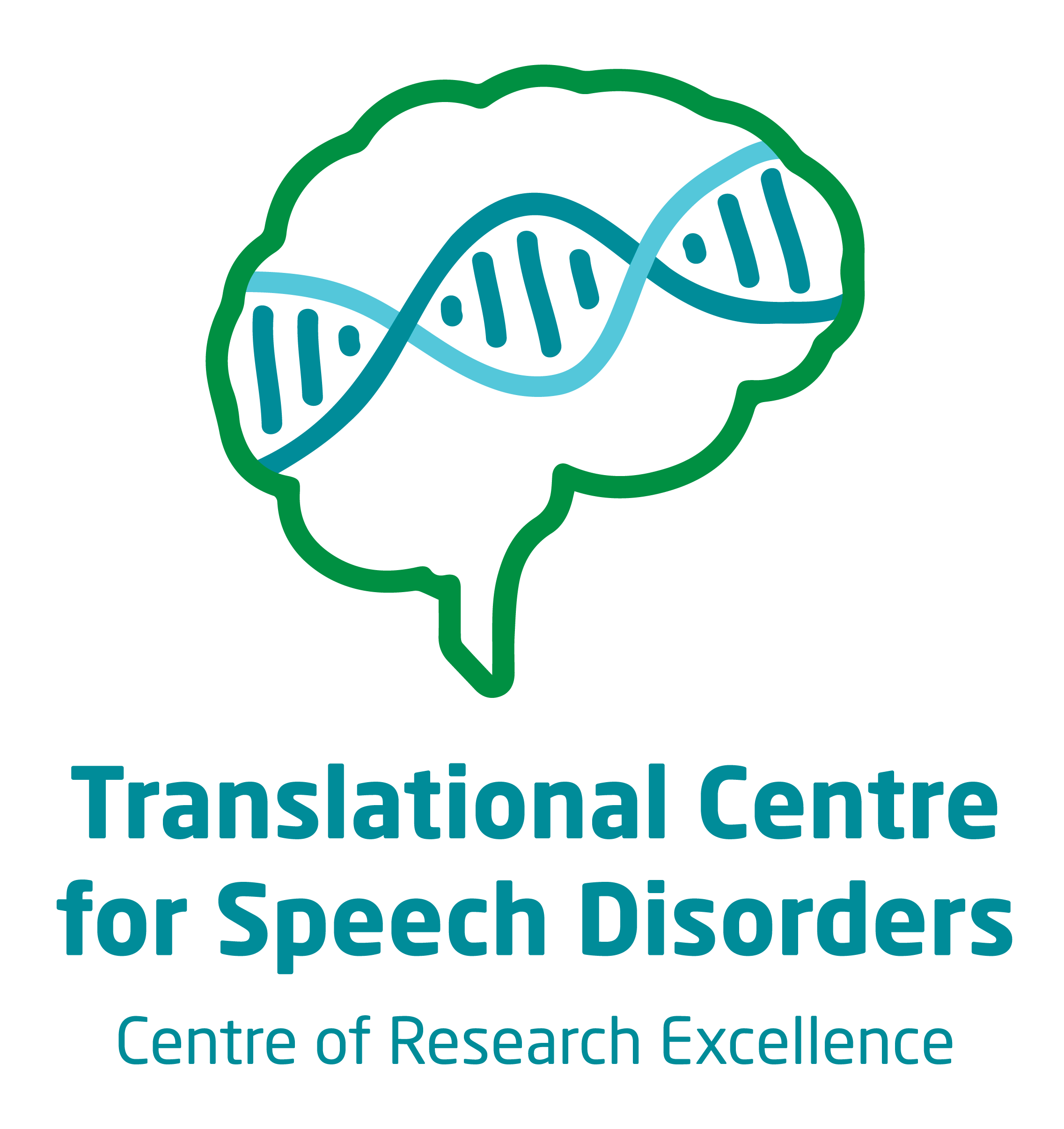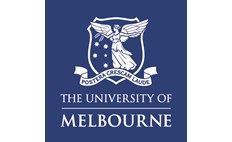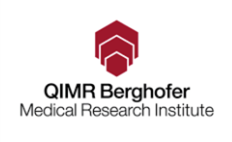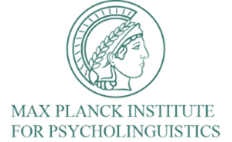EBF3
What is an EBF3-related disorder?
Early B-cell Factor (EBF) proteins are involved in many functions, including formation of new neurons, bone development, and differentiation of B-cells (a type of white blood cell). EBF proteins may also stop the growth of tumours by regulating genes involved in cell replication and death (1). EBF3 (EBF transcription factor 3) is a protein coding gene from the EBF family, located on chromosome 10q26.3. The EBF3 gene is required for neuronal differentiation (a process whereby neurons change from one type to another and become more specialised). Interruption to this process has been found to have profound effects on brain development in humans, and may cause a range of conditions, including speech and language disorders (2).
Contact
For further information, do get in touch with the CRE Speech and Language team at:
Email: geneticsofspeech@mcri.edu.au
Phone: (03) 9936 6334
Frequently asked questions
EBF3 gene variations have been linked to a range of conditions, including intellectual disability, speech delay, motor development delay, hypotonia (low muscle tone), ataxia (difficulty controlling and coordinating muscle movements, including muscles used to speak), neurogenic bladder (difficulty controlling the bladder), seizures, and facial dysmorphism (difference in facial features such as long face, tall forehead, high nasal bridge, and so on) (2-5). There are considerable differences between individuals with EBF3 gene variations, so currently we are unable to predict which associated conditions each individual might experience, if any.
There is much variation in the speech and language development of individuals with EBF3 gene variations, and other associated conditions may also affect their speech development. EBF3 gene variations have been linked to speech delay, language delay, and motor speech disorders (6). Based on the present research, it would appear that individuals with EBF3 gene variations are unlikely to meet the typical communication milestones at the same age as their peers.
Again, there are huge differences in speech and language between individuals with EBF3 gene variations. EBF3 gene variations have been linked to Childhood Apraxia of Speech (CAS), which is a motor speech disorder affecting production, sequencing, and stress of speech, and to dysarthria, which refers to a weakness in the muscles of speech causing slurred speech (6). EBF3 gene variations have also been linked to language delay, and cases have been documented of individuals who are nonverbal or minimally verbal (using little or no spoken words), as well as those who have no known language impairment (6).
We are currently studying how individuals with EBF3-related speech and language disorders develop speech over time. There is considerable variability between individuals. Individuals may not develop verbal speech but may instead communicate using augmentative and alternative communication (AAC) devices, they may use a combination of verbal speech and AAC, or they may solely use verbal speech. Studies have shown that some individuals remain nonverbal over time, some made improvements but remained delayed or disordered, and some began with a speech delay and then caught up to their peers over time (6).
Individuals with EBF3-related speech and language disorders may or may not attend mainstream schools, depending on intellectual capabilities, how severe their symptoms are, and how much care they require. This is decided on a case-by-case basis. There have been reports of individuals who do attend mainstream schools, and of those who do not (6).
At present, speech and language therapies are focused on the individual’s communication needs and the goals for the child and for the family. There is no specific treatment for EBF3-related speech and language disorders. A speech pathology assessment will highlight the areas of need.
CAS may occur in individuals with EBF3 gene variations. There are a number of evidence-based treatments for CAS, such as the Nuffield Dyspraxia Programme version 3 (NDP-3) and the Rapid Syllable Transition Treatment (ReST) (7) which may be beneficial for some individuals.
Individuals who are nonverbal or minimally verbal may benefit from AAC options such as picture-exchange systems or electronic devices.
Individuals who have delayed language may benefit from an early intervention program targeting early language development.
For information and support on childhood apraxia of speech: https://www.apraxia-kids.org
References
- Zardo, G., Tiirikainen, M.I., Hong, C., Misra, A., Feuerstein, B.G., Volik, S., et al. (2002). Integrated genomic and epigenomic analyses pinpoint biallelic gene inactivation in tumors. Nature genetics, 32(3), 453-458.
- Harms, F.L., Girisha, K.M., Hardigan, A.A., Kortum, F., Shukla, A., Alawi, M., et al. (2016). Mutations in EBF3 disturb transcriptional profiles and underlie a novel syndrome of intellectual disability, ataxia and facial dysmorphism. BioRxiv, 067454.
- Chao, H-T., Davids, M., Burke, E., Pappas, J.G., Rosenfeld, J.A., McCarty, A.J., et al. (2017). A syndromic neurodevelopmental disorder caused by de novo variants in EBF3. The American Journal of Human Genetics, 100(1), 128-137.
- Blackburn, P.R., Barnett, S.S., Zimmermann, M.T., Cousin, M.A., Kaiwar, C., e Vairo, F.P., et al. (2017). Novel de novo variant in EBF3 is likely to impact DNA binding in a patient with a neurodevelopmental disorder and expanded phenotypes: patient report, in silico functional assessment, and review of published cases. Molecular Case Studies, 3(3), a001743.
- Lopes, F., Soares, G., Gonçalves-Rocha, M., Pinto-Basto, J., Maciel, P. (2017). Whole gene deletion of EBF3 supporting Haploinsufficiency of this gene as a mechanism of neurodevelopmental disease. Frontiers in genetics, 8, 143.
- Sleven, H., Welsh, S.J., Yu, J., Churchill, M.E., Wright, C.F., Henderson, A., et al. (2017). De novo mutations in EBF3 cause a neurodevelopmental syndrome. The American Journal of Human Genetics, 100(1), 138-50.
- Murray, E., McCabe, P., Ballard, K.J. (2015). A randomized controlled trial for children with childhood apraxia of speech comparing rapid syllable transition treatment and the Nuffield Dyspraxia Programme–Third Edition. Journal of Speech, Language, and Hearing Research, 58(3), 669-686.
- Gene Cards: The Human Gene Database. EBF3 Gene. Retrieved from https://www.genecards.org/cgi- bin/carddisp.pl?gene=EBF3&keywords=EBF3#summaries
- Online Mendelian Inheritance in Man (OMIM). EARLY B-CELL FACTOR 3; EBF3. Retrieved from https://omim.org/entry/607407?search=EBF3&highlight=ebf3
- Human Phenotype Ontology. EBF3. Retrieved from https://hpo.jax.org/app/browse/gene/253738










